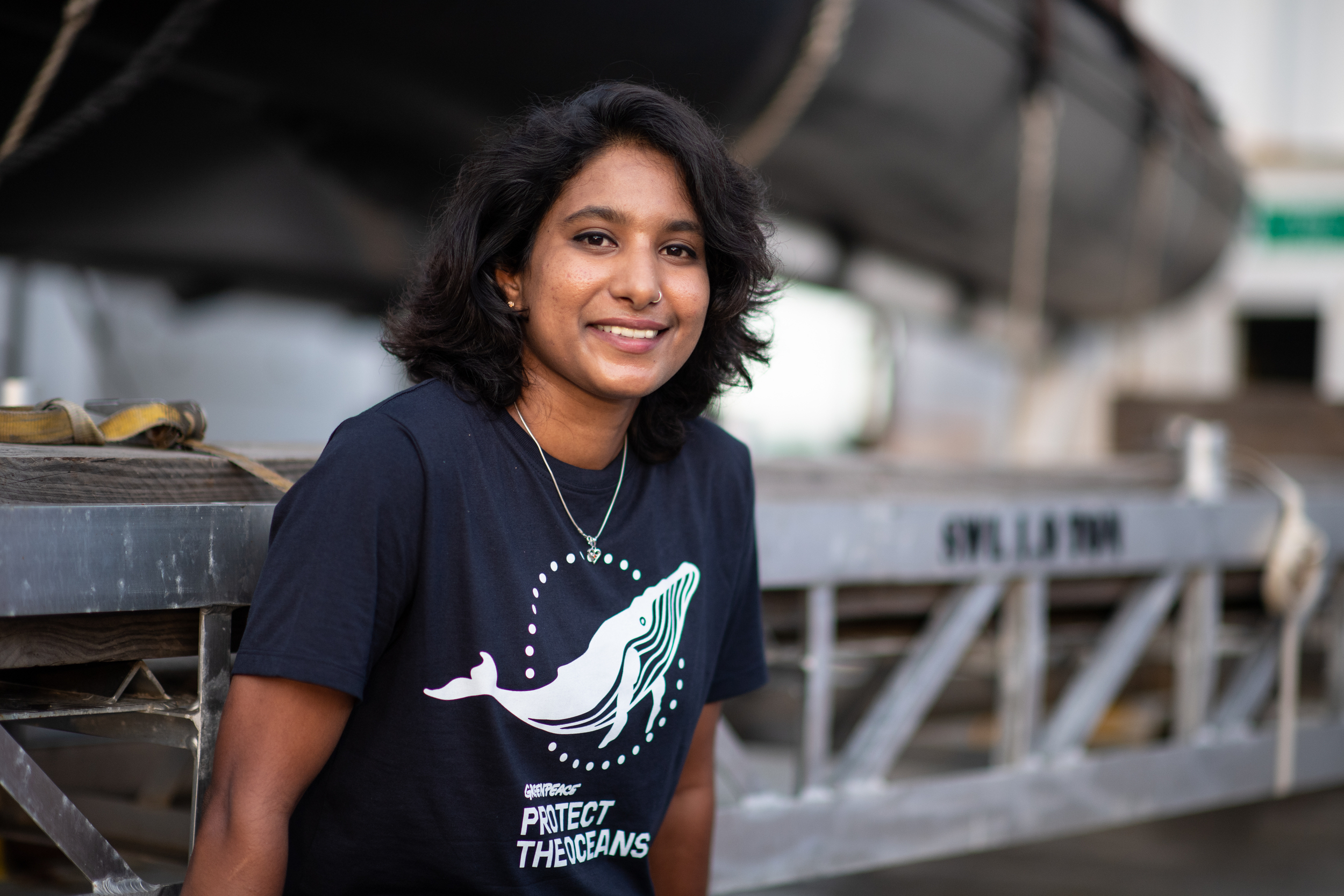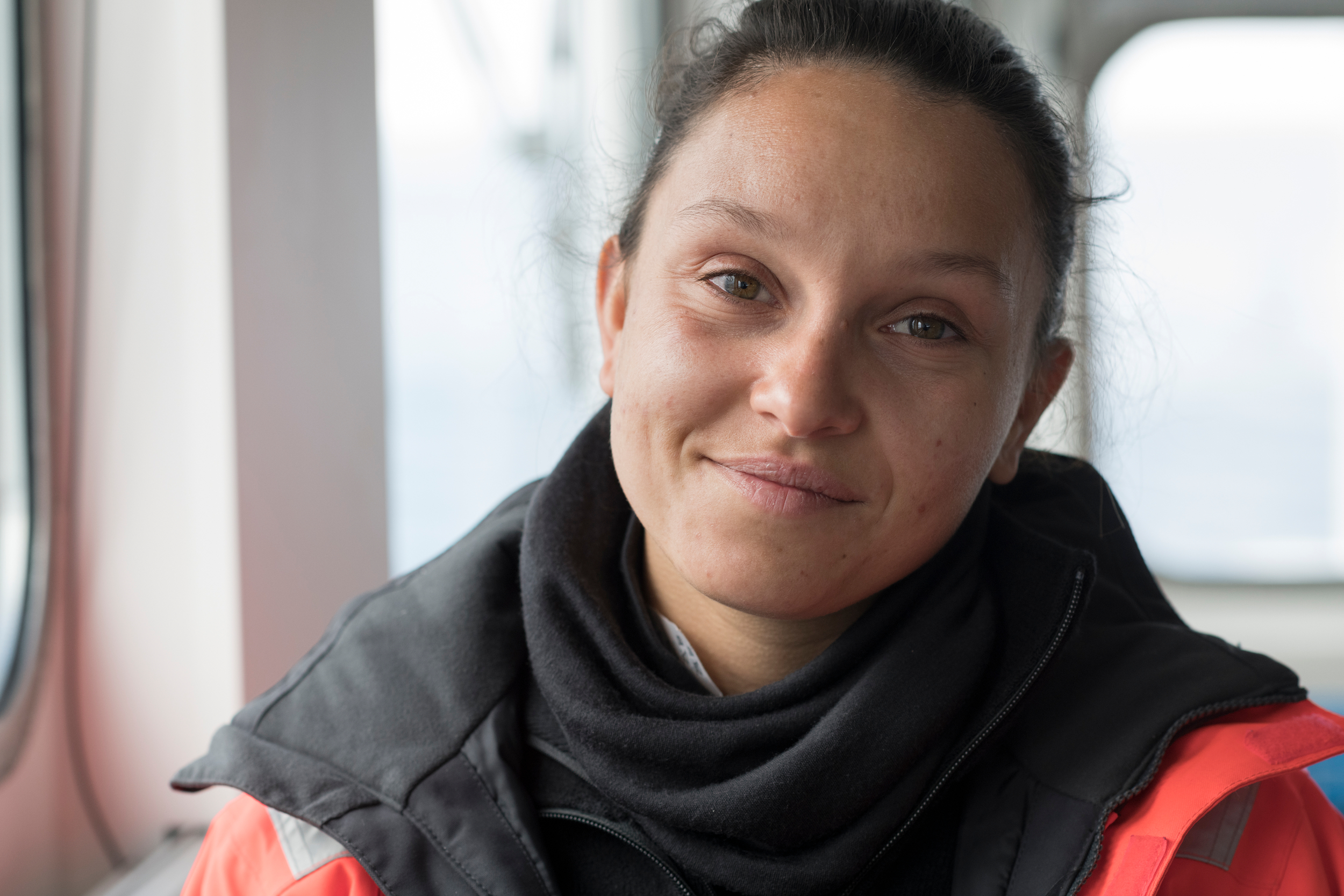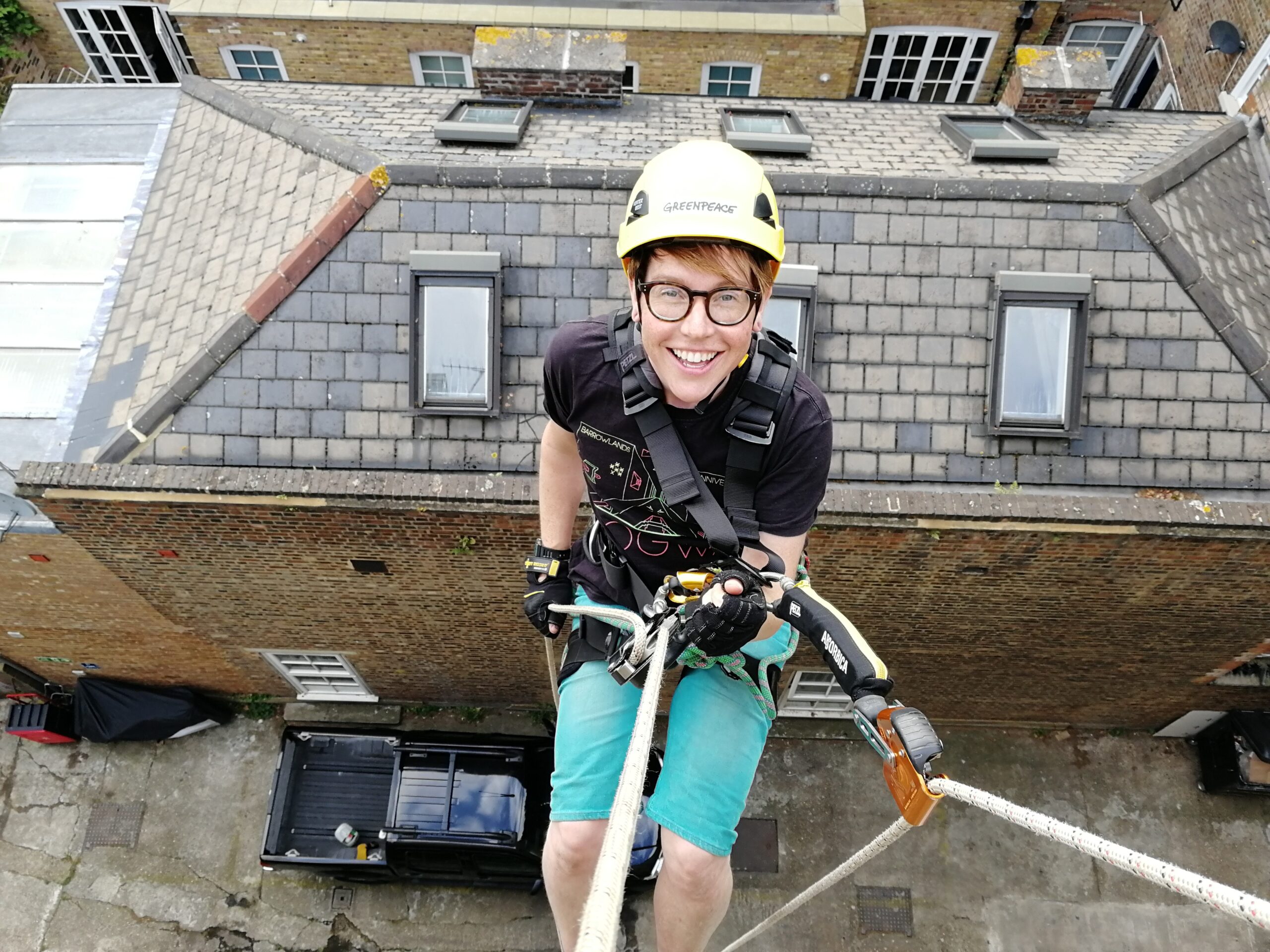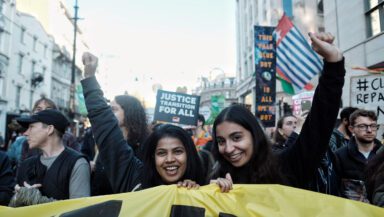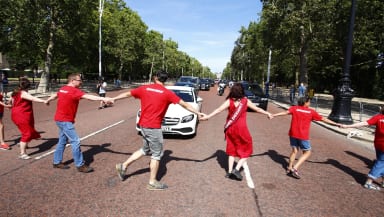Greenpeace activists peacefully expose, confront or disrupt environmental injustice. They often directly target the companies or government bodies responsible for the damage, using creative tactics to disrupt their operations and draw public attention to what they’re doing. These kinds of protests are known as non-violent direct actions (or just ‘actions’).
Every Greenpeace action is different, but there’s one thing they all have in common: dozens of people work together to make them a success, combining their skills in a wide range of different roles.
If you’re thinking of becoming an activist, have a look through the different roles below. Which one would you most like to do?



